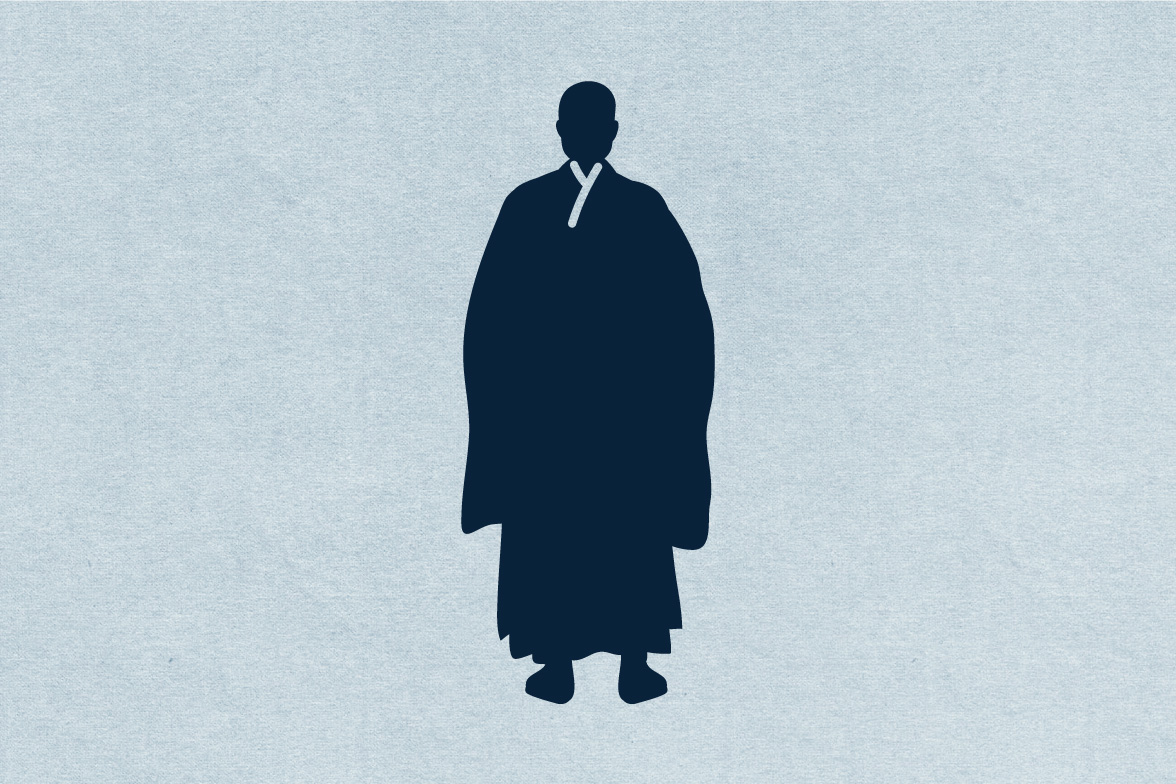Kobo Daishi Kukai (774–835)

Kobo Daishi Kukai was a high-ranking priest and the founder of the Shingon Sect in the early Heian Period. He was also one of the eight Japanese monks who visited Tang China, and is widely known as a super star of the Buddhist World in Japan.
Kukai was born in Tado County, Sanuki Province [now Zentsuji City, Kagawa Prefecture] and studied in Kyoto at the age of 15. He entered the government university to be an elite bureaucrat at the age of 18; however, he developed a strong interest in Buddhism and left the university to practice ascetic training in the mountain forest. As a result of his effort of the ascetic training in Mt. Otaki in Awa Province [now Tokushima Prefecture] and Murotozaki in Tosa Province [now Kochi Prefecture], he came across Dainichi-kyo sutra and began practicing Esoteric Buddhism. The Shikoku 88 Temple Pilgrimage that is still popular in the present day was reportedly first carried out by ascetic monks who traced Kukai’s path after Kukai’s death.
In 804, Kukai went to Tang China to study Buddhism and received the pioneering initiation of Esoteric Buddhism from Huiguo of Qinglong Temple in Chang’an [now Xi’an]. After returning to Japan, Kukai who had been an unknown scholar-monk became a leading expert of Japanese Esoteric Buddhism. In 816, Kukai obtained permission to establish a temple in Mt. Koya and later built Kongobuji Temple. He founded the Shingon Sect, and was given Toji Temple in Kyoto by Emperor Saga in 823. He then regarded Koyasan Kongobuji Temple and Toji Temple as the headquarters of the Shingon Esoteric Buddhism and worked toward religious activities. He passed away in Koyasan in 835 and was later given the posthumous name, Kobo Daishi, by Emperor Daigo.
Kukai was a Buddhist monk, calligrapher and civil engineering technician who restored Manno Reservoir, as well as an educator who founded the Shugei Shuchiin School, a private educational facility. He was widely revered by many people from those in power to common people, and was affectionately called “Odaishi-san”. There are still many historic sites and lore regarding Kukai throughout Japan. In Otsu, the legend of Kukai has been passed down in Shishitobi Valley, Tachiki Kannon, Ishiyamadera Temple and other places.
- General admission
- Kobo Daishi and Tachiki Kannon, Mieido Hall (Image Hall) at Ishiyamadera Temple, Sanko no Matsu (Pine tree of the three-pronged mythical weapon), etc.
